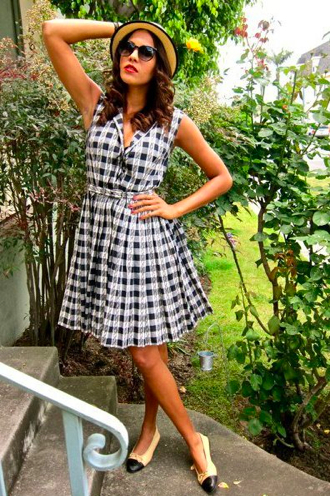UV Radiation and Wrinkles
Both UVA and UVB radiation cause wrinkles by breaking down collagen, creating free radicals, and inhibiting the natural repair mechanisms of the skin. A popular classification system of sun-sensitivity is the Skin phototype classification. People with skin types I and II are at the highest risk for Photo aging effects including wrinkles and skin cancer. The proper use of sunscreen to block both UVA and UVB radiation is an important weapon in the battle against wrinkles.
Sunscreen Ingredients
Sunscreens ingredients can be divided into compounds that physically block radiation or compounds that absorb radiation. The radiation blockers are very effective at reducing the exposure of the skin to both UVA and UVB radiation. Older formulations like zinc oxide are opaque and may be cosmetically unacceptable. However, a newer formulation of micronized titanium dioxide is not as opaque and provides excellent protection. The radiation absorbing ingredients are differentiated by the type of radiation they absorb UVA absorbers and UVB absorbers.
Picking the Proper Sunscreen
The SPF measures the amount of UVB absorption, but there is no method of reporting the UVA absorption. The only way to determine if a sunscreen protects against UVA and UVB radiation is to look at the ingredients. A good broad-spectrum sunscreen should have an SPF of at least 15 and contain avobenzone, titanium dioxide, or zinc oxide.
Applying Sunscreen Properly
Most people use sunscreen improperly by not applying enough. They apply only 25% to 50% of the recommended amount. Sunscreen should be applied liberally enough to all sun-exposed areas that it forms a film when initially applied. It takes 20-30 minutes for sunscreen to be absorbed by the skin, so it should be applied at least a half an hour before going out in the sun. Sunscreen should also be the last product applied especially on the face since some sunscreens can break down in the presence of water contained in water-based foundations and moisturizers.
Reapplying Sunscreen
Most instructions on sunscreen labels recommend reapplying sunscreen “frequently”, but the definition of “frequently” is vague. A common instruction is to reapply sunscreen after 2-4 hours in the sun. However, one study has shown that reapplying sunscreen 20 to 30 minutes after being in the sun is more effective than waiting 2 hours. It is possible that this time period is more effective because most people do not apply enough sunscreen initially, and this second application approximates the actual amount needed. Sunscreen should also be reapplied after swimming, excessive sweating, or toweling.
Daily Sunscreen
Sunscreen should be applied daily. The daily use of a low-SPF sunscreen (15) has been shown to be more effective in preventing skin damage than the intermittent use of a higher SPF sunscreen.









0 comments ↓
There are no comments yet...Kick things off by filling out the form below.
Leave a Comment